
Radar in Adar
Although the Purim story line involves what appears to be many "coincidences" and "random occurrences" as opposed to outright miracles, the Hand of Hashem is arranging it all…

Purim is so holy a holiday that it ranks above Yom Kippur, and it will be the one holiday that will stand out after Mashiach comes. We are in the month of Adar, a time of tremendous joy, abounding energy, and optimism. The lessons we can learn from Adar are infinitesimal, but let’s focus on just one, and that lesson for the month of joy is that happiness is in and sadness is out.
G-d’s Name is not mentioned even once in the Book of Esther, for good reason. There are a lot of things going on behind the scenes that Hashem is orchestrating which we, the Jewish People, need to note as coming directly from Him even though He decided that He wanted no part of the center stage.
Although the story line involves what appears to be many “coincidences” and “random occurrences” as opposed to outright miracles, the Hand of Hashem is arranging it all – just as He continues to do every day of our lives. Those same energies of “hiddenness” exist today and become even stronger on Purim. Hashem is reminding us of exactly what we need to do to rid ourselves of Amalek (of the enemy of doubt) and that is to find Hashem and return to Him. It’s not His job to destroy Amalek; it’s our job. Although things looked dire back then, when we made teshuva and returned to G-d and His Torah, Hashem  redeemed us. Our situation turned around in the blink of an eye.
redeemed us. Our situation turned around in the blink of an eye.
The Talmud states that on Purim we are told to make merry (or drink) to the extent that we cannot tell the difference between “cursed is Haman” and “blessed is Mordechai”.
This directive is primarily functional and not related to the quantity we drink, so we certainly are not commanded to get so inebriated that we don’t know what’s right or wrong. Not at all! It has a far deeper meaning. There are two reasons Hashem desires that we not be able to tell the difference between the “good” (Mordechai) and the “bad” (Haman) on Purim.
- He wants us to be so merry and so certain of a positive outcome following the decree that was upon us that we rid ourselves of Amalek completely—of any doubt or lack of faith that surely G-d will come to our rescue.
- There truly is no difference between the “good” and the “bad”, for all that Hashem does is for the good. We are expected to recognize this and show our certainty by celebrating to the utmost degree.
Once again the message is clear: Hashem does everything for the very best. As soon as more of us believe this, express emuna by striving to do His will, return to Him, and recognize Him as merciful, just, and loving, expecting tremendous good, then Hashem will become aware that each of us has defeated the “Haman” within ourselves. We need to defeat our inner Amalek—kick him out of the picture so that he is no longer recognizable. Hashem won’t be doing it for us, but, when we talk to Him regularly, He will surely assist us in our mission to know Him and fully believe in Him.
Purim is not just a holiday where we dress up in costume. It’s not just an excuse to imbibe. It has far more depth to it than simply eating the scrumptious hamantaschen, exchanging goodies, and shaking the noisy groggers to show our disdain for bad Haman. The thoughts and beliefs behind our actions are what really matter to Hashem.
Once we squelch the Amalek within and know who we are and how intrinsically connected we are to the Almighty, Who loves His children, we will have peeled away the layers that keep us stuck in uncertainty and hesitation. There’s a time to hide and a time to come out of hiding. When we stop hiding, so surely will Hashem.
Put your radar on Adar and have both a fun-filled and a meaningful Purim!!


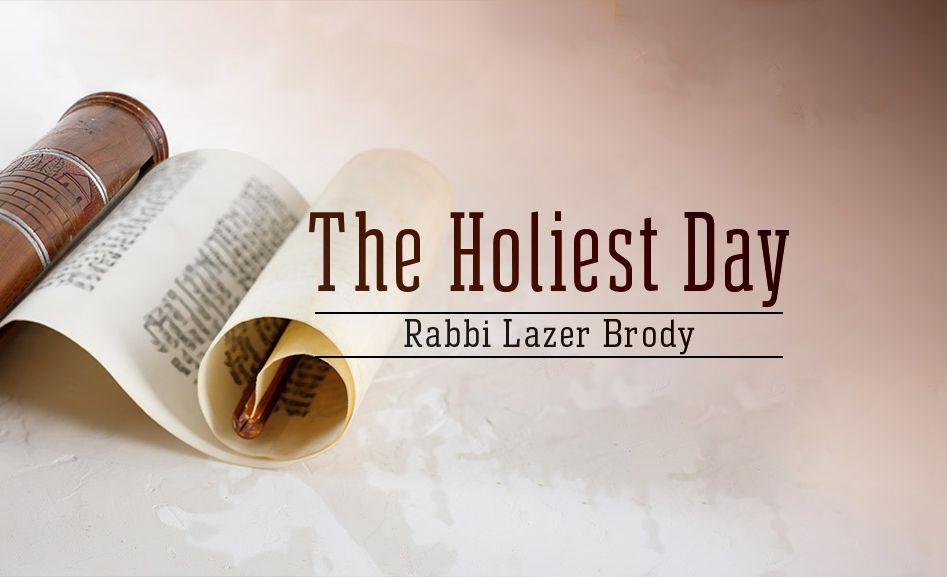

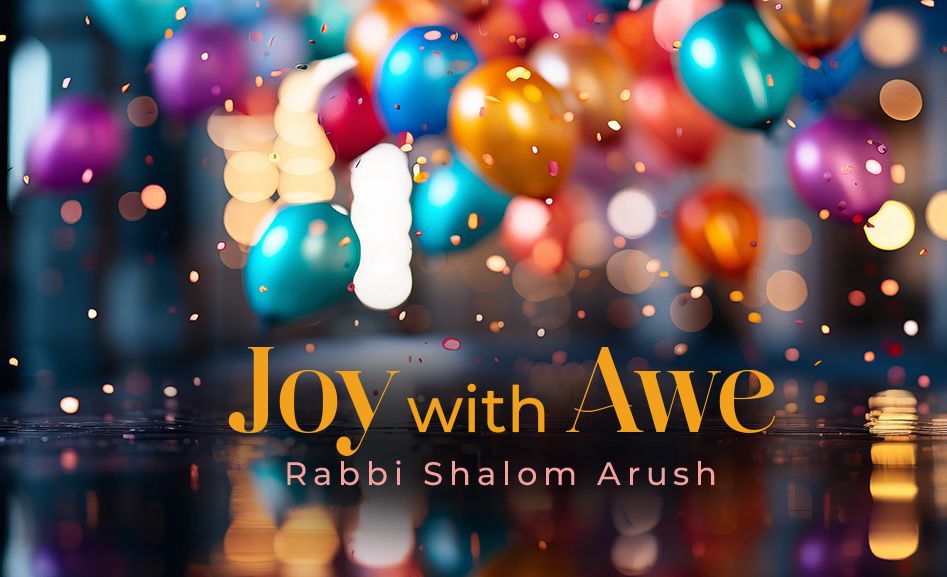

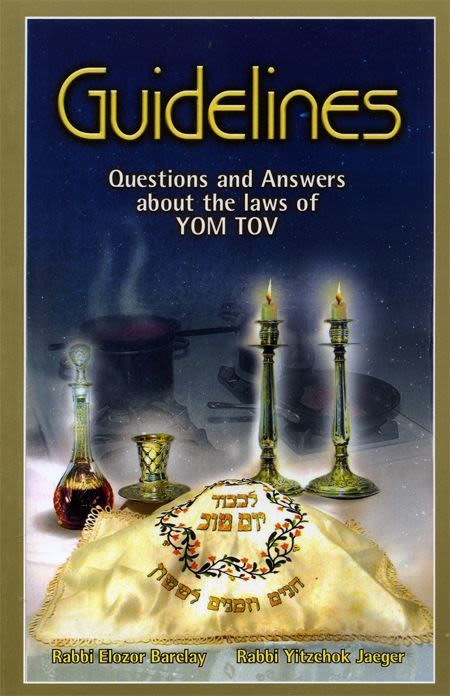


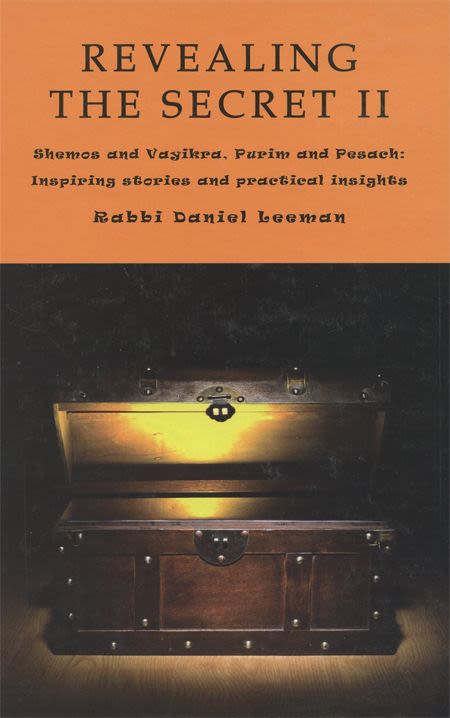

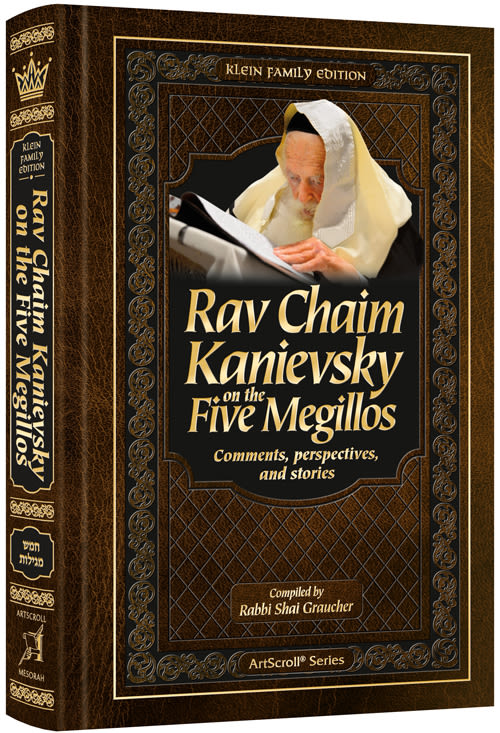
Tell us what you think!
Thank you for your comment!
It will be published after approval by the Editor.